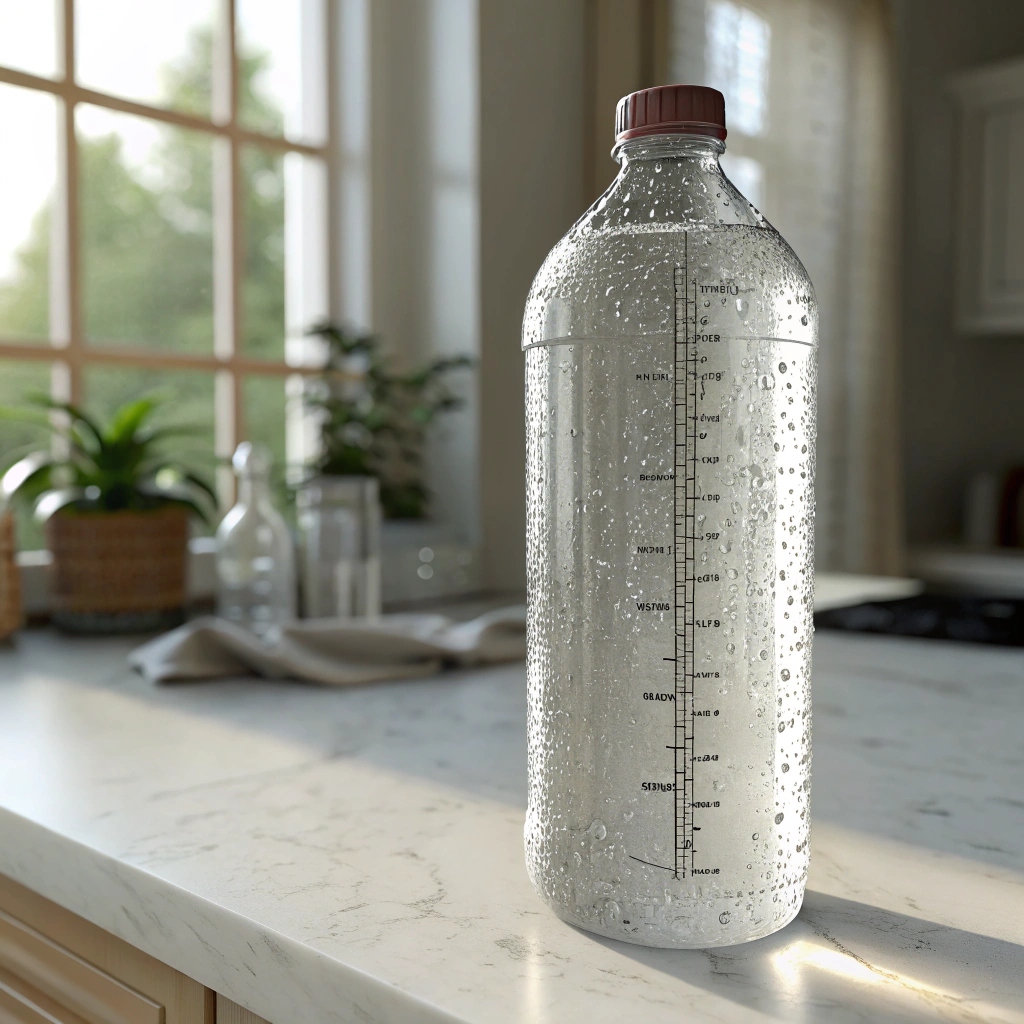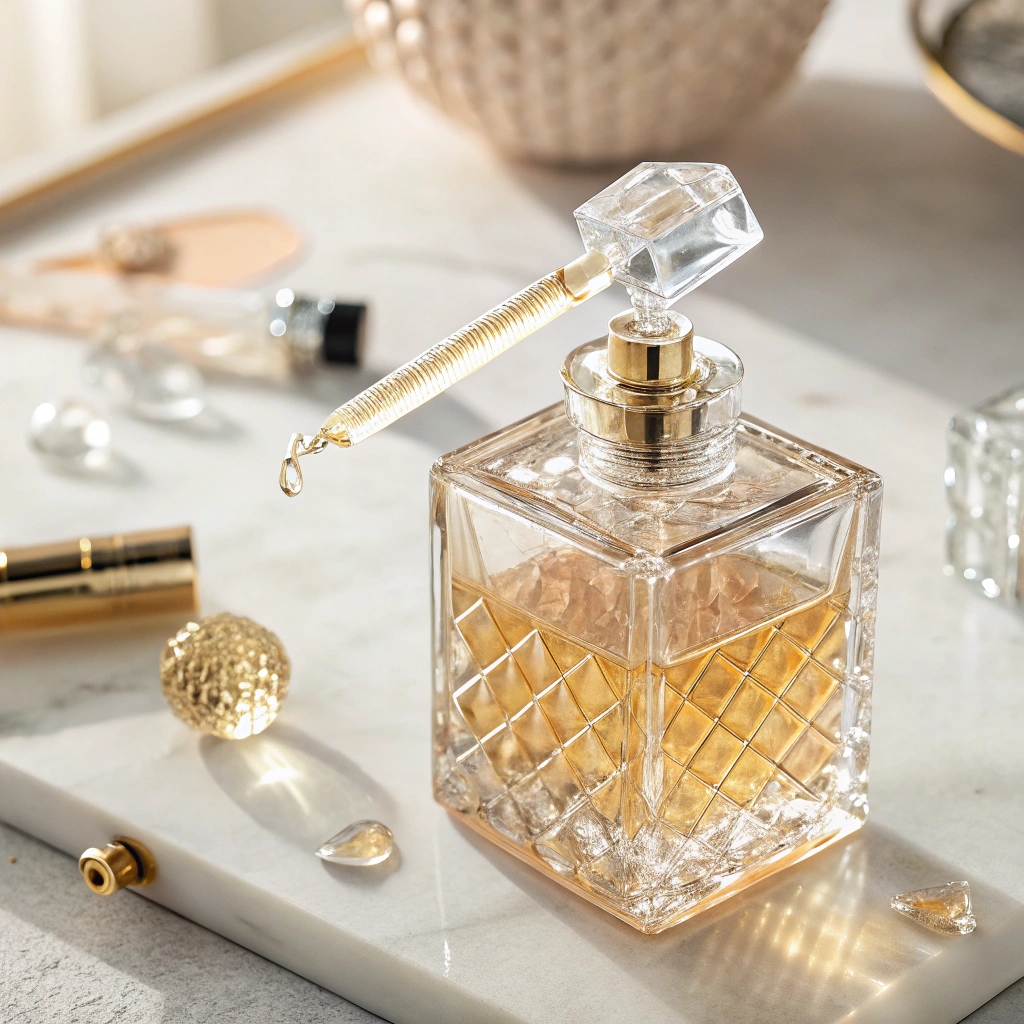
A 1-liter bottle is often chosen for its balance of capacity and convenience, but its exact size can be hard to visualize.
A 1-liter bottle typically holds 1000 milliliters or approximately 33.8 fluid ounces of liquid. The dimensions vary but commonly measure around 8-12 inches in height with a diameter of 3-4 inches.
If you’re wondering how this compares to smaller bottles or cups you use daily, keep reading for clear comparisons and measurements.
What is the size of a 1 liter bottle?
A 1-liter bottle might seem standard, but its size can differ based on design and purpose.
A standard 1-liter bottle holds 1000 ml or 33.8 fl oz and typically measures around 8-12 inches tall and 3-4 inches wide.
The exact dimensions of a 1-liter bottle depend on the shape and intended use. For example, a cylindrical bottle used for beverages might be taller and narrower, while a perfume bottle of the same capacity could be shorter with a wider base.
| Measurement Aspect | Approximate Value |
|---|---|
| Capacity | 1000 ml / 33.8 fl oz |
| Height Range | 8 to 12 inches |
| Diameter Range | 3 to 4 inches |
| Common Uses | Beverages, Perfumes, Oils |
The bottle’s dimensions can affect its portability and usability, making it important for packaging designers and manufacturers to consider both aesthetics and functionality.
How many 16 oz water bottles equal 1 liter?
It can be tricky to visualize how a liter compares to smaller bottles.
A 1-liter bottle equals approximately 2 standard 16 oz water bottles since 1 liter contains 33.8 fl oz and each 16 oz bottle holds 16 fl oz.
To break it down further:
- 1 liter = 33.8 fluid ounces
- 16 oz bottle = 16 fluid ounces
- 33.8 ÷ 16 = 2.1 bottles
Therefore, a 1-liter bottle slightly exceeds two full 16 oz bottles. This comparison is helpful when planning hydration needs or estimating bottle quantities for events and packaging.
Why this matters in packaging?
Understanding this conversion helps in bulk orders and packaging decisions:
- Beverage companies: Calculating how many small bottles match bulk sizes.
- Perfume brands: Visualizing luxury bottle sizes for retail.
- Sustainability: Reducing plastic usage by opting for larger bottles.
How many 8 oz are in 1 liter?
When comparing a 1-liter bottle to 8 oz cups, the numbers can feel surprising.
A 1-liter bottle equals approximately 4.2 standard 8 oz cups, as 1 liter contains 33.8 fl oz.
To break it down:
- 1 liter = 33.8 fluid ounces
- 8 oz cup = 8 fluid ounces
- 33.8 ÷ 8 = 4.225 cups
Why this is important?
Knowing how many cups fit into a liter helps in different contexts:
- Catering and events: Estimating drink servings.
- Cooking: Measuring liquid ingredients accurately.
- Health and hydration: Monitoring daily water intake.
| Volume Equivalent | Fluid Ounces | Number of Units |
|---|---|---|
| 1 liter | 33.8 fl oz | 1 bottle |
| 8 oz cup | 8 fl oz | 4.2 cups |
| 16 oz bottle | 16 fl oz | 2.1 bottles |
How big is 1 liter of water?
Visualizing a liter of water can help understand its real-world size better.
1 liter of water fills a standard medium-sized water bottle, holding 1000 milliliters, which weighs approximately 1 kilogram (2.2 lbs).
Physical Characteristics:
- Volume: 1000 milliliters
- Weight: 1 kilogram (2.2 lbs)
- Shape Variations: Cylindrical, square, custom-shaped
Practical Comparisons:
- A wine bottle holds 750 ml, so a 1-liter bottle would be slightly larger.
- A gallon jug holds about 3.8 liters, so a 1-liter bottle is around a quarter of that.
Why is this useful?
- Hydration: Understanding your daily water intake needs.
- Travel: Knowing how much liquid fits in travel bottles.
- Product Packaging: Ensuring proper bottle size for products like perfume or beverages.
Conclusion
A 1-liter bottle holds 33.8 fluid ounces or 1000 milliliters. It measures roughly 8-12 inches tall with a 3-4 inch diameter. This volume equals around two 16 oz water bottles or four 8 oz cups, making it a versatile size for beverages, perfumes, and packaging needs.


